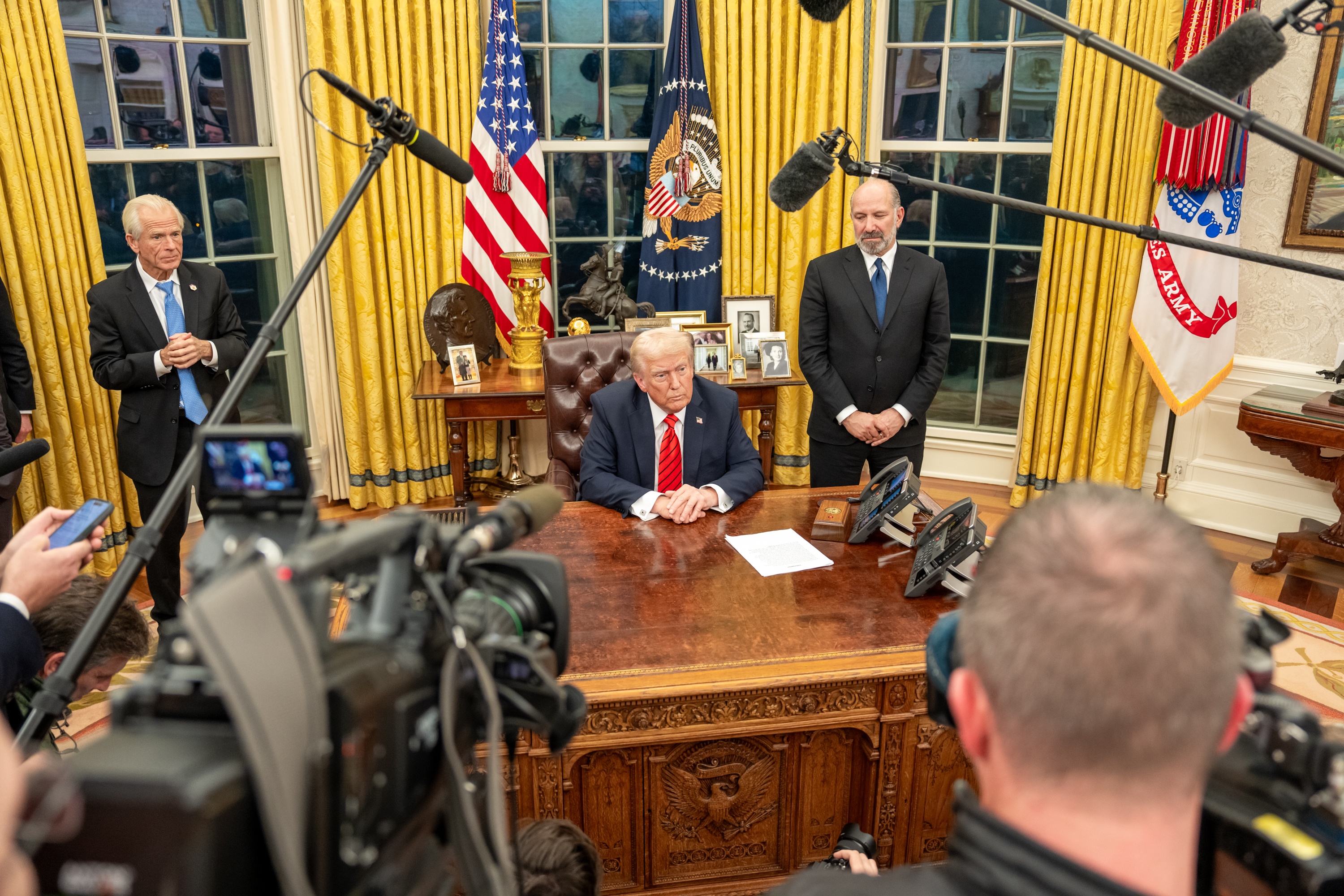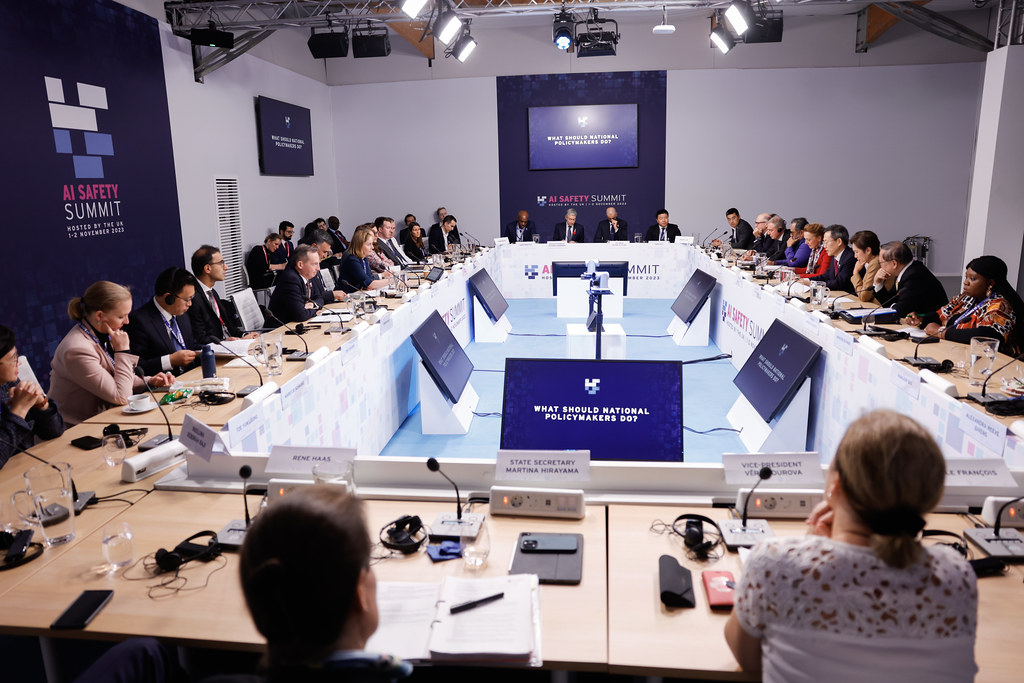More Video from the Air & Missile Warfare Symposium, and Drone-Related Issues
The Texas International Law Journal has now posted the rest of the videos from last week's symposium on the HPCR Air & Missile Warfare Manual. The links appear below, along with a brief discussion of issues the HPCR manual raises with respect to the legality of CIA-operated drone strikes.
On the role of military manuals as statements of the law: Panel one (moderated by Derek Jinks, with Claude Bruderlein, Ken Anderson, and Charlie Dunlap on the panel) is here. This was an immensely interesting panel, highlighted by discussion of whether m
Published by The Lawfare Institute
in Cooperation With

The Texas International Law Journal has now posted the rest of the videos from last week's symposium on the HPCR Air & Missile Warfare Manual. The links appear below, along with a brief discussion of issues the HPCR manual raises with respect to the legality of CIA-operated drone strikes.
On the role of military manuals as statements of the law: Panel one (moderated by Derek Jinks, with Claude Bruderlein, Ken Anderson, and Charlie Dunlap on the panel) is here. This was an immensely interesting panel, highlighted by discussion of whether manuals of this kind ought to be viewed as restatements of the law as it is or instead as merely guides to operational practice that in some respects may contain aspirational or practical limitations beyond what existing law strictly requires.
On questions of targeting: Panel two (moderated by me, with Geoff Corn, Mike Lewis, and Amos Guiora) is here. This too was an interesting one. For my part, I was particularly interested in the discussion of the HPCR Manual's Rules 17 and 1(x). Rule 17(a) provides that only military aircraft may engage in hostilities, and Rule 1(x) defines military aircraft as:
any aircraft (i) operated by the armed forces of a State; (ii) bearing the military markings of that State; (iii) commanded by a member of the armed forces; and (iv) controlled, manned or preprogrammed by a crew subject to regular armed forces discipline.This raises several interesting questions. Are these elements correct statements of the law, at least in the context of international armed conflict? If so, does Rule 1(x) necessarily compel the conclusion that CIA-operated drones should not be able to engage in attack? As to the latter question, I have two comments. First, much turns on how one further defines the constituent elements in the Rule 1(x) definition, and how the resulting understanding maps on to the actual practice of CIA-related drone strikes; that is to say, it might be the case that the organizational and logistical details of these strikes make application of Rule 1(x) more difficult than appears at first glance (to be clear, I have no idea if that is actually the case or not). Second, and more significantly, there is room for debate regarding what the consequences should be if CIA-related drones are not deemed "military aircraft." During the Q&A, as you can see from the video, there was an interesting discussion of this issue (I'm told that the video might end in the midst of this discussion, unfortunately). It boiled down to this: (i) to say that a CIA drone strike fails to comply with Rule 17 amounts to saying that someone used lethal force while lacking the combatant's privilege; (ii) the United States in the military commission process at least for a time asserted that the unprivileged use of lethal force is a stand-alone violation of the laws of war; (iii) the United States accordingly might be advancing inconsistent positions insofar as it permits the CIA to use lethal force without the privilege yet prosecutes others for doing something similar. I responded to that argument by agreeing that there is tension between the two positions, but noting that the best resolution of that tension might be to back away from claims that fighting without privilege is itself an independent violation of the laws of war; that is to say, lack of privilege should mean lack of a combatant's privilege defense to any charges that might be brought in connection with a use of force, but nothing more. As to that latter point, it is worth noting how the 2010 Manual for Military Commissions addresses the issue:
...an accused may be convicted in a military commission for these offenses [including "murder in violation of the law of war"] if the commission finds that the accused employed a means (e.g., poison gas) or method (e.g., perfidy) prohibited by the law of war; intentionally attacked a “protected person” or “protected property” under the law of war; or engaged in conduct traditionally triable by military commission (e.g., spying; murder committed while the accused did not meet the requirements of privileged belligerency) even if such conduct does not violate the international law of war.[See p. IV-13] Bearing that last clause of the MMC''s commentary in mind, then, it seems to me that there is still some tension. On issues ommitted from the HPCR Manual: Panel three (moderated by Geoff Corn, with Mary Ellen O'Connell and Jordan Paust) is here. Again, a very interesting panel and subsequent Q&A. Lot's of interesting discussion of the role of necessity arguments in IHL, in particular.
Robert (Bobby) Chesney is the Dean of the University of Texas School of Law, where he also holds the James A. Baker III Chair in the Rule of Law and World Affairs at UT. He is known internationally for his scholarship relating both to cybersecurity and national security. He is a co-founder of Lawfare, the nation’s leading online source for analysis of national security legal issues, and he co-hosts the popular show The National Security Law Podcast.





